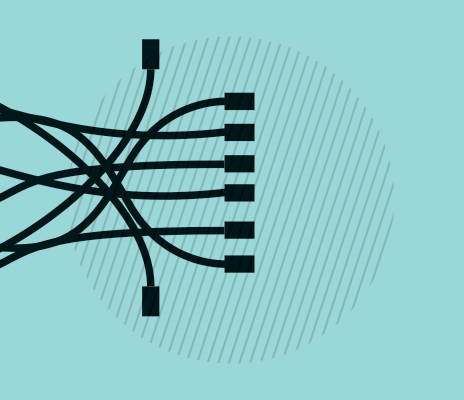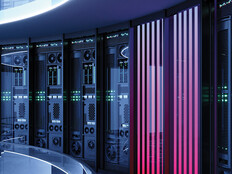4 Tips to Achieve Power and Cooling Success
As computing services shift to the cloud and data centers consolidate, physical space remains at a premium.
Data center administrators face ongoing pressure to maximize the utilization of each rack. The result? Server, electrical and cooling densities are on the rise. Where 5 to 6 kilowatts per rack were common in the past, current trends are toward 20kW to 30kW per rack, with extreme environments exceeding 50kW. A number of considerations must be taken into account when driving densities to those levels.
Depending on the power and cooling solution you choose, it could prove to be a limiting factor when determining how many servers will fit per rack. Here are some tips that can help.

1. Fire It Up
It’s possible to install small uninterruptible power supply units in racks, but larger systems can provide protected power to multiple racks far more efficiently and allow for preventive maintenance without downtime.
UPS systems convert incoming utility power from AC to DC for conditioning and storage in batteries, then back to AC to supply to servers. Server power supplies then convert that AC power into DC. Alternative UPS systems eschew the conversion, providing DC power directly to servers, which use alternative power supplies that accept DC input. Avoiding the extra conversions drives greater efficiency.

2. Cool It Down
Underfloor air is primarily effective for densities up to about 10kW without supplemental cooling.
Hot- or cold-aisle containment improves cooling densities by preventing hot and cold air from mixing. Chilled-water doors, which include fans and a radiator that transfer a portion of the heat exhausted from the rack to a chilled water connection, are an easy retrofit. Both methods can easily achieve 20kW to 30kW per rack. An emerging technology, direct-to-chip cooling, delivers liquid cooling directly to processors, memory components and computational accelerators. The solution typically removes 60 percent or more of a rack’s total heat load. Coupled with chilled-water doors or hot/cold containment, densities at or above 50kW per rack are achievable.

3. Address Loose Ends
Cable management is always a challenge in dense server environments. Multiple network connections per server, potentially 50 to 100 servers per rack, add up. Wide racks, cable management apparatus and a consistent labeling scheme help to avoid operational nightmares of tangled cabling. Network topologies that favor top-of-rack devices keep most cabling contained within the rack, increasing serviceability. Secure cabling cleanly out of the way so that all servers can be serviced without network interruption.

4.Know Your Limits
One final consideration is that of total weight: Don’t forget to include the weight of cabling . Dense server racks can easily exceed 2,000 pounds, potentially more for storage racks. Exceeding the weight limits of a raised floor would be a very unfortunate and costly event.








